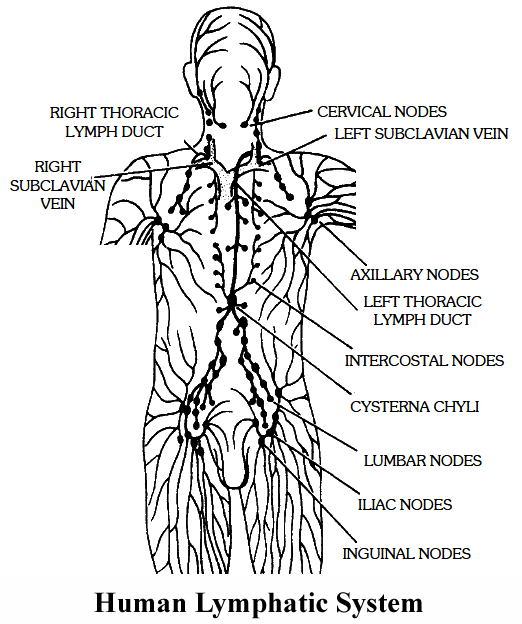- Books Name
- ACME SMART COACHING Biology Book
- Publication
- ACME SMART PUBLICATION
- Course
- CBSE Class 11
- Subject
- Biology
LYMPHATIC SYSTEM

It comprises of lymph, lymphatic capillaries, lymphatic vessels, lymphatic ducts and 'lymphatic nodes.
1. Lymphatic capillaries: They lie close to the blood capillaries but end blindly. They have extremely thin walls. They are composed of a single layer of endothelial cells.
2. Lymphatic vessels : The lymphatic capillaries unite to form larger lymphatic vessels. They are composed of an outer coat of fibrous tissue, middle coat of muscular tissue and an inner lining of endothelial cells. The lymphatic vessels have numerous valves. The lymph vessels of intestinal regions absorb the digested fats. They are milky in appearance and are called lacteals (Iaetos : milk).
3. Thoracic duct: The lymphatic vessel of left side begins at the cisterna chyli , present at the level of (anterior to) the first and second lumbar vertebrae. It discharges its lymph into the left subclavian vein.
4. Right lymphatic duct: The lymphatic vessels of the right side of the thorax, head and neck unite to form the right lymphatic duct. It discharges its lymph into the right subclavian vein .
5. Lymphatic nodes: The lymphatic vessels bear lymph nodes at intervals and are abundant in the neck, armpit and groin. The lymph is filtered through lymph nodes which contain phagocytic white blood corpuscles and macro phages which eat harmful microorganisms and foreign particles from the lymph. Lymph nodes also add lymphocytes and antibodies.
Lymph Movement: The lymph flows slowly and moves from lymphatic vessels, lymphatic ducts to the venous system. Blocking of lymph flow causes oedema.
Lymphoid Organs : The organs which secrete lymph are called lymphoid organs. Besides the lymph nodes, tonsils, thymus gland, Peyer's patches, liver and spleen are the other lymphoid organs that secrete lymph.
Functions of Lymph
1. Lymph acts as a "middle man" which transports various proteins, hormones, etc., to the body cells and brings carbon dioxide and other metabolic wastes, from the body cells and finally pours the same into the venous system.
2. Lymph nodes produce lymphocytes. Lymph takes lymphocytes and antibodies from the lymph nodes to the blood.
3. It absorbs and transports fat and fat soluble vitamins from the intestine. Lymph capillaries present in the intestinal villi are called lacteals which are associated with absorption and transportation of fat and fat soluble vitamins.
4. It brings plasma protein macromolecules synthesized in the liver cells and hormones produced, in the endocrine glands to the blood. These molecules can not pass into the narrow blood capillaries but can diffuse into the lymphatic capillaries.
5. Lymph maintains the volume of the blood. As soon as the volume of the blood reduces in the blood vascular system, the lymph rushes from the lymphatic system to the blood vascular system.

 ACME SMART PUBLICATION
ACME SMART PUBLICATION
